Roll up: 1
Who Is the Messenger of Islam?
1. His Birth
Prophet Muhammad (PBUH) was born in Makkah into the tribe of Quraysh, on the western part of the Arabian Peninsula, in 570 CE. His father died before his birth, and his mother died when he was very young. Thus, he was placed under the care of his paternal grandfather, Abdul-Muttalib. After his grandfather’s death, he was placed under the care of Abu Talib, one of his paternal uncles.
Roll up: 2
2. His Life and Upbringing
Muhammad (PBUH) spent forty years in the Makkan tribe of Quraysh before receiving the revelation. During this period (570-609 CE) he came to be known amongst his people as as-saadiq al-ameen (the truthful and trustworthy) because of his honesty and excellent manners. He worked as a shepherd and later as a merchant.
Before the advent of Islam, Muhammad (PBUH) maintained the pure monotheistic beliefs of Prophet Abraham (PBUH), worshipping Allah alone without ascribing any partners to Him and rejecting idol worship and pagan practices. He was also illiterate.
Roll up: 3
3. His Mission as a Prophet and Messenger
When Prophet Muhammad (PBUH) turned forty, he started the practice of frequent retreat to the Cave of Hira. He spent his days on the peak of Mount Noor on the outskirts of Makkah, in present-day Saudi Arabia, meditating and worshiping God. It was there that he started receiving revelations from God. The message was clear; read with the help of God, the One Who created you; the first verse he received was, “Read (learn) in the name of your Lord Who created…” (96:1). This verse ushered in a new era of knowledge, reading, light and guidance. The Qur’anic revelations continued until his death, twenty-three years later.
Roll up: 4
4. The Beginning of His Mission
After three years of preaching Islam secretly, Prophet Muhammad (PBUH) spent another ten years preaching openly. Most of his followers were from among the weak and the poor, as was the case of all prophets’ followers. During this period, he and the faithful were subjected to the worst forms of injustice and persecution at the hands of the pagans belonging to Muhammad’s own tribe, the Quraysh. Not losing heart, he began presenting himself during the pilgrimage season to the pilgrims who came from various tribes, calling them to the new faith. Pilgrims from Madeenah accepted Islam and, soon afterwards, Muslims started migrating to Madeenah in successive groups.
Roll up: 5
5. His Migration
In 622 CE, at the age of fifty-three, God’s Messenger (PBUH) migrated to Madeenah, which was then called Yathrib, after the Quraysh notables who had opposed his mission plotted to kill him. He spent ten years there, inviting people to Islam, and enjoined the Muslims with prayer, charity (zakat), noble manners and other Islamic rituals.
Roll up: 6
6. His Efforts to Spread Islam
Following his migration to Madeenah (622-632 CE), Muhammad (PBUH) laid the foundations of Islamic civilisation and determined the aspects of the Muslim society. He eradicated tribal fanaticism, spread knowledge and established the principles of justice, righteousness, fraternity, cooperation and organisation. Some tribes attempted to eradicate Islam, leading to a number of skirmishes and wars, but God supported His Messenger and made Islam reign supreme. Then, people of Makkah and of most cities and tribes of the Arabian Peninsula began entering this great religion in hoards, fully convinced that it is the true religion.
Roll up: 7
7. His Death
In the lunar month of Safar, 11 AH (June 632 CE), after Prophet Muhammad (PBUH) disseminated the message of Islam and God had completed His favour upon the Muslims by perfecting His religion for them, the Messenger (PBUH) had a sudden onset of fever which led to his death on Monday 11, Rabee‛ Al-Awwal 11 AH (8 June 632 CE) at the age of 63. He was buried where he died, in the room of his wife ‛A’ishah, which is now housed within the Prophet’s Mosque in Madeenah.
Roll up: Size: 400cm x 250cm






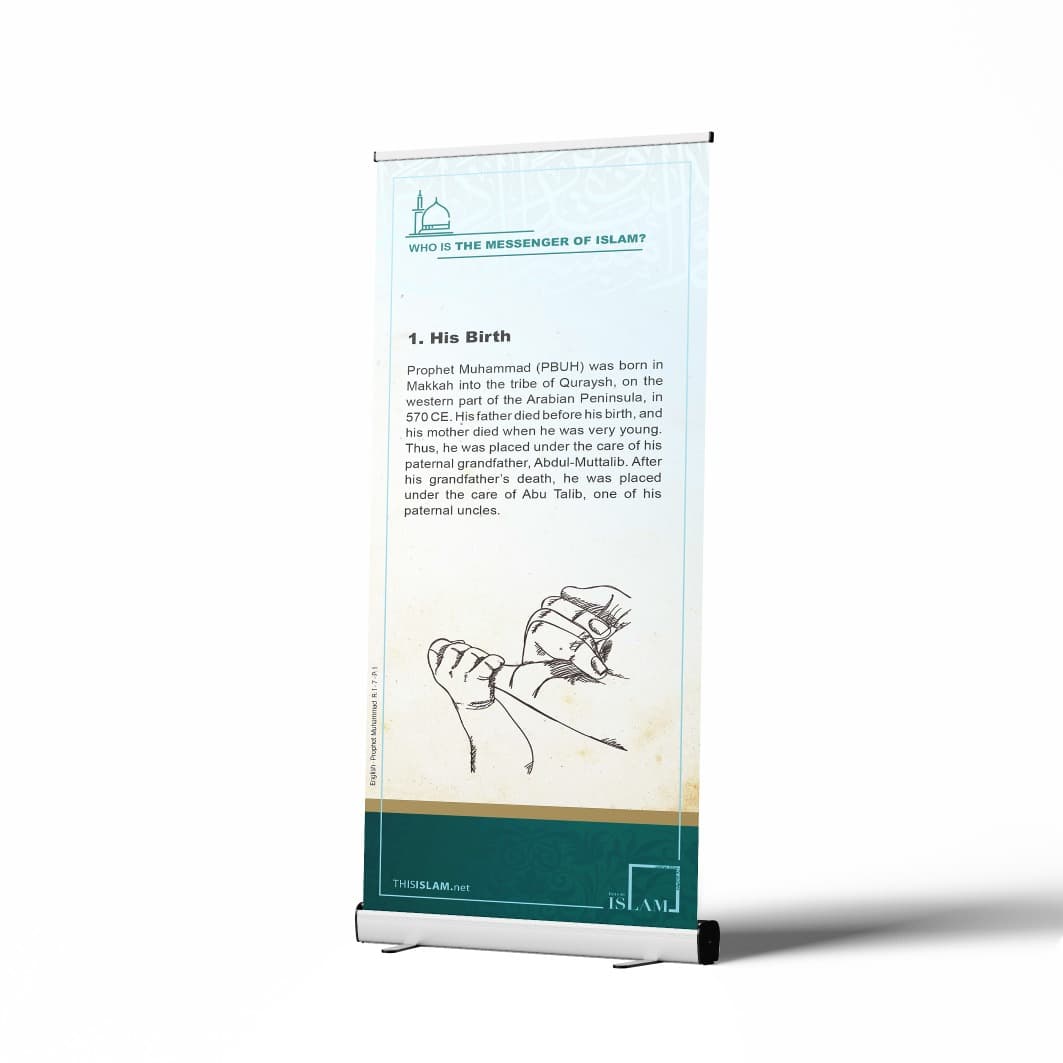
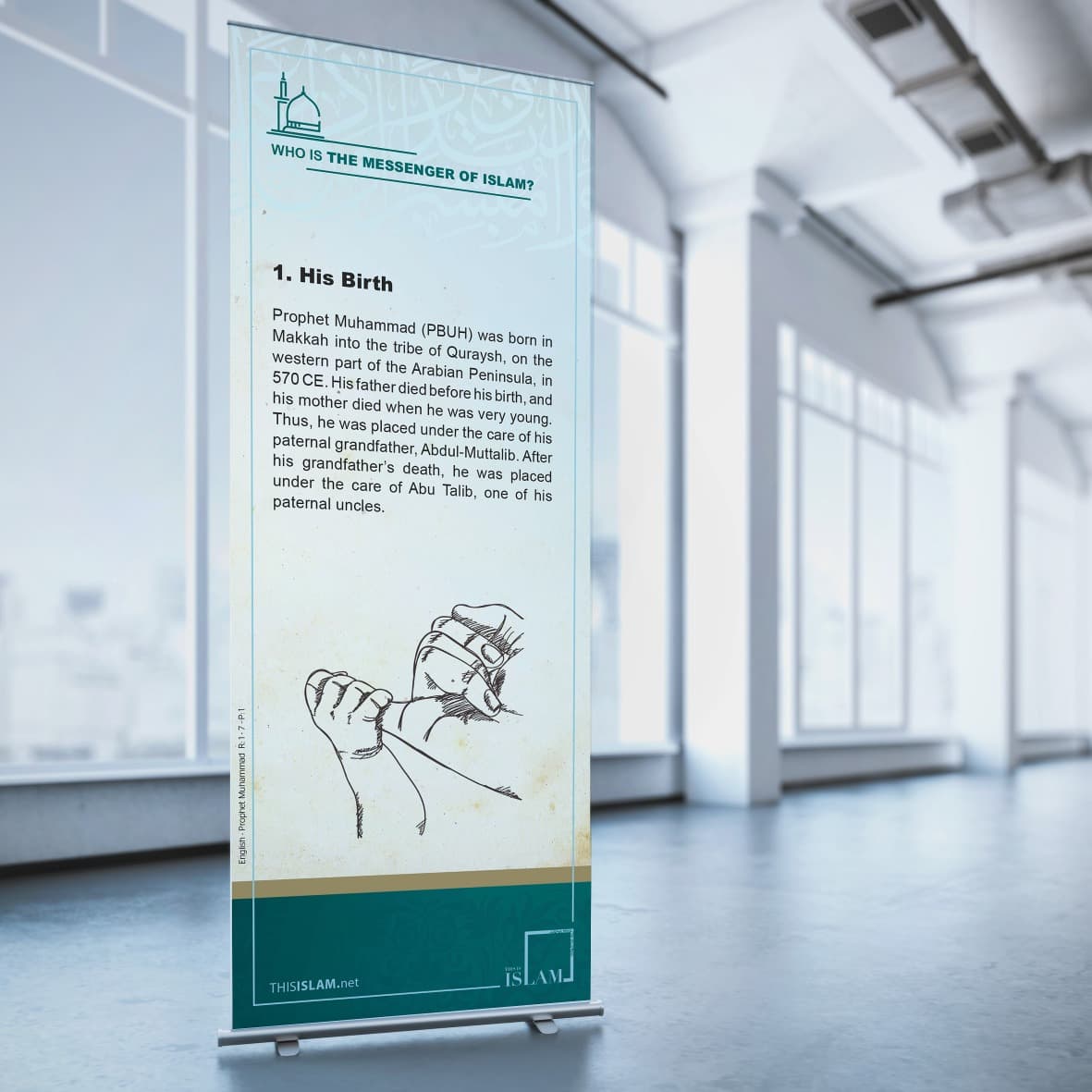
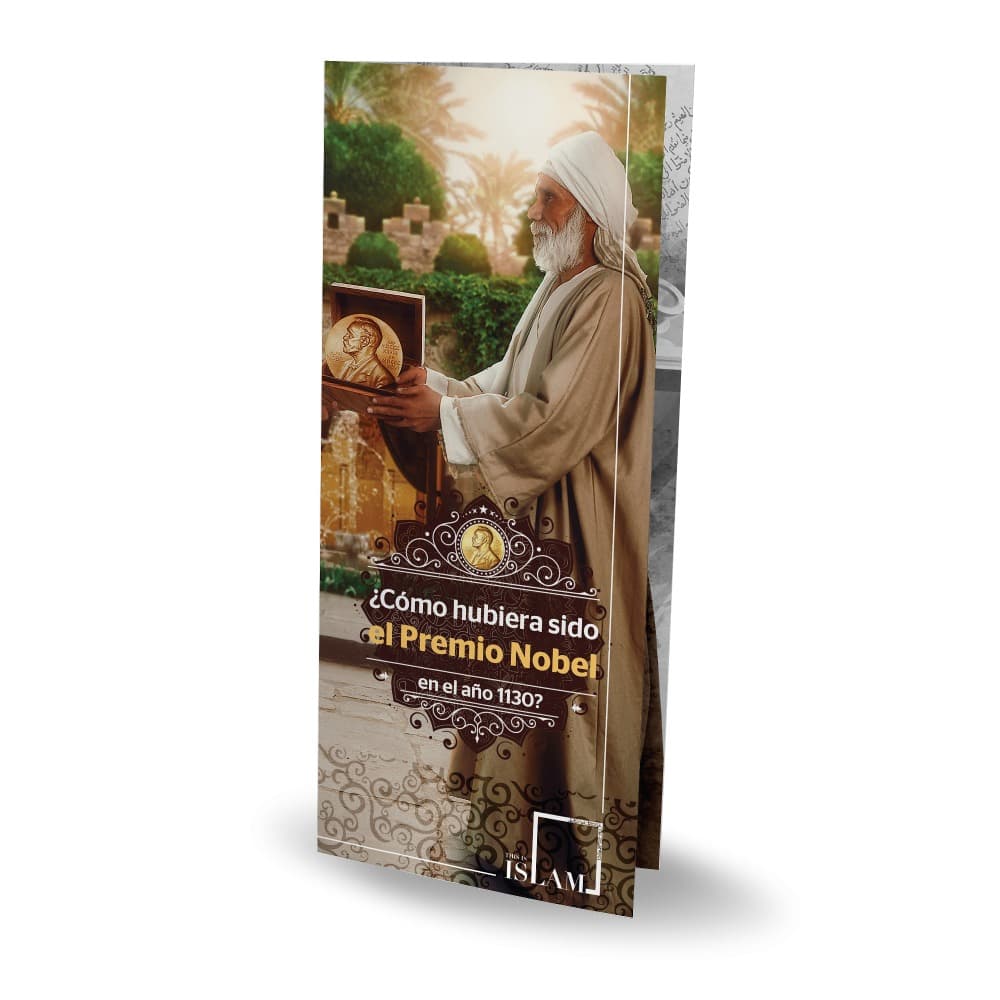

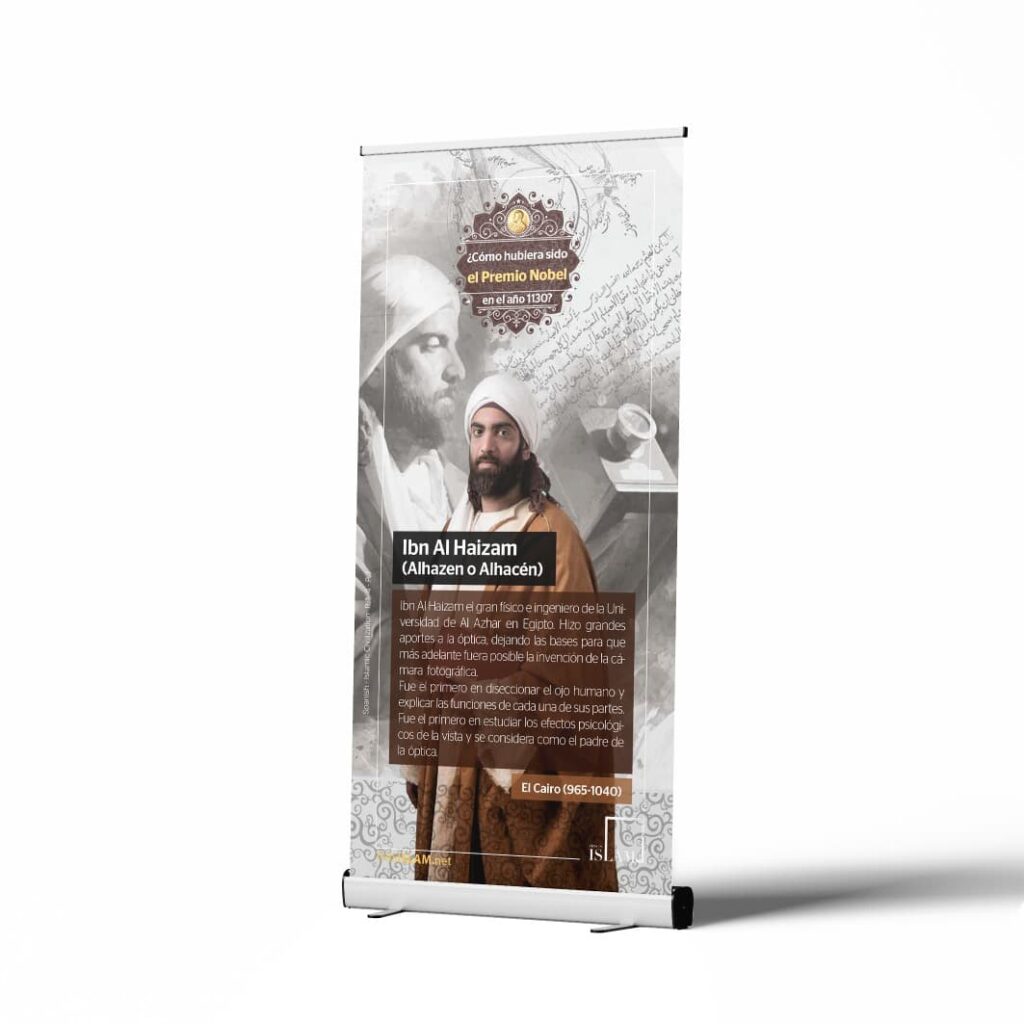
Reviews
There are no reviews yet.